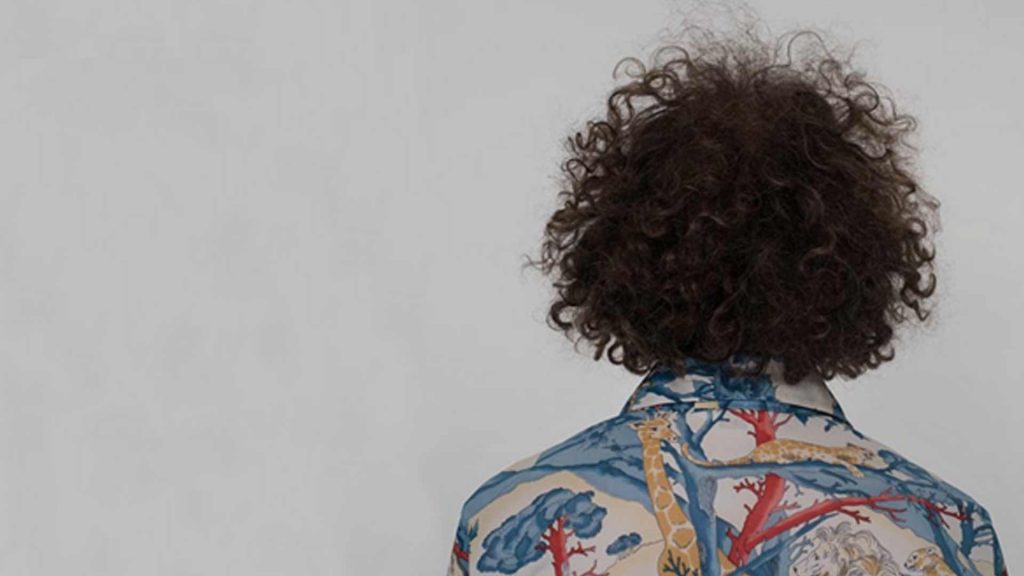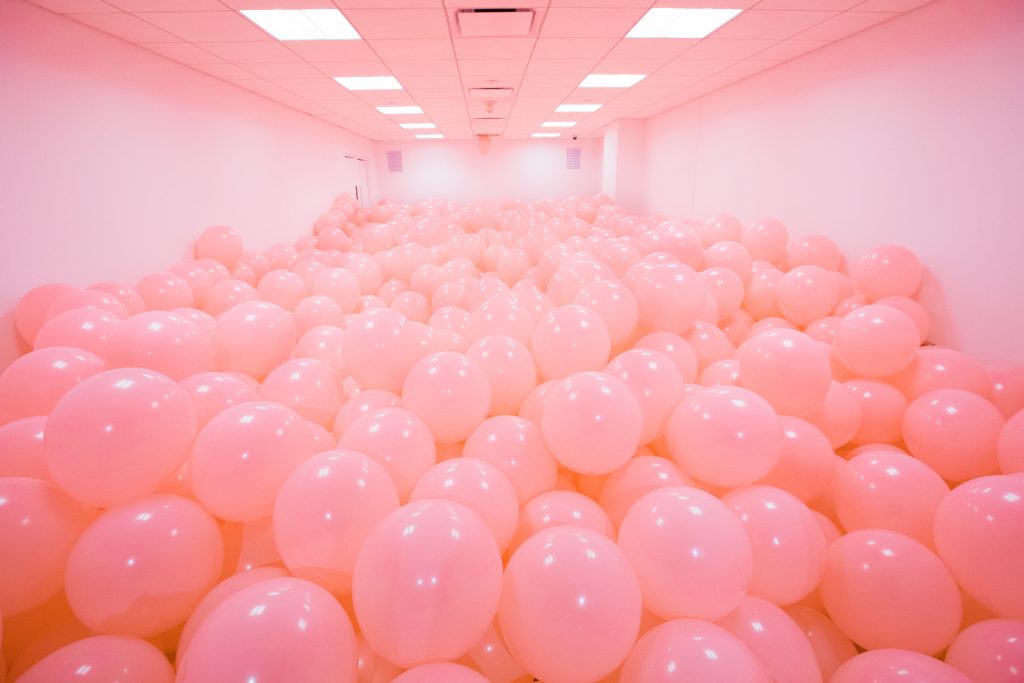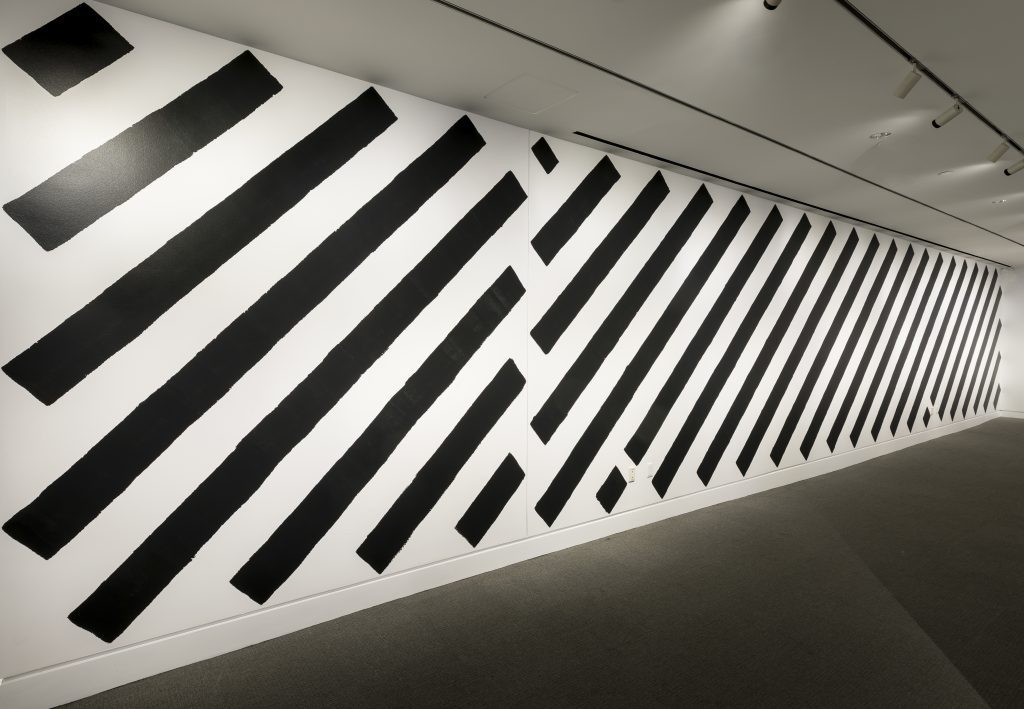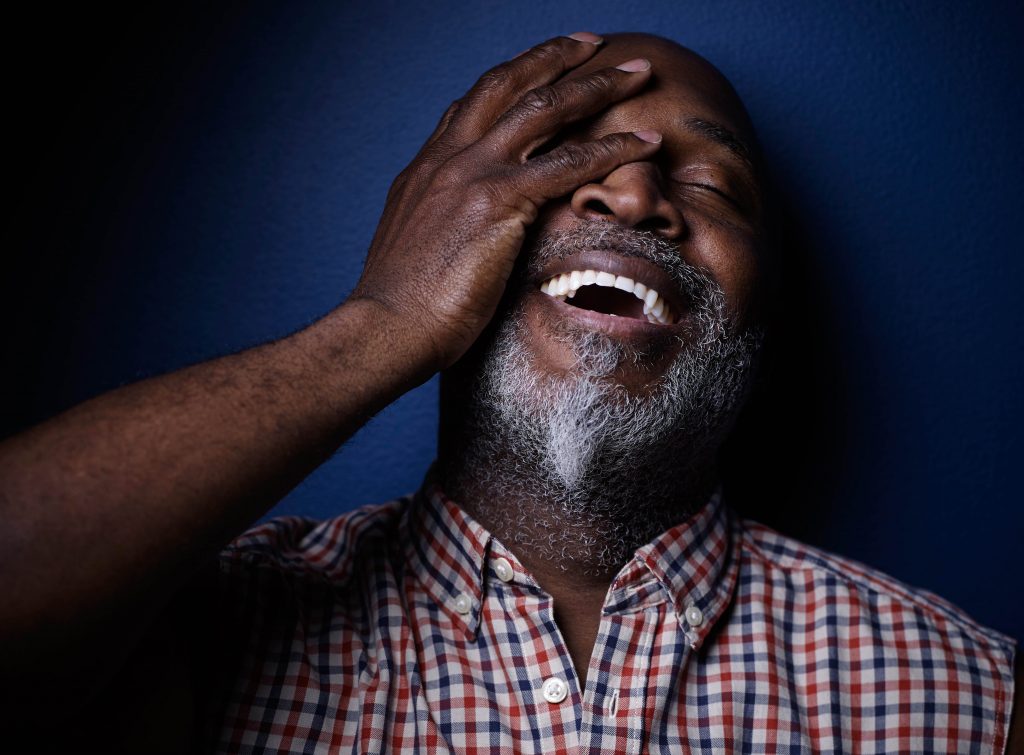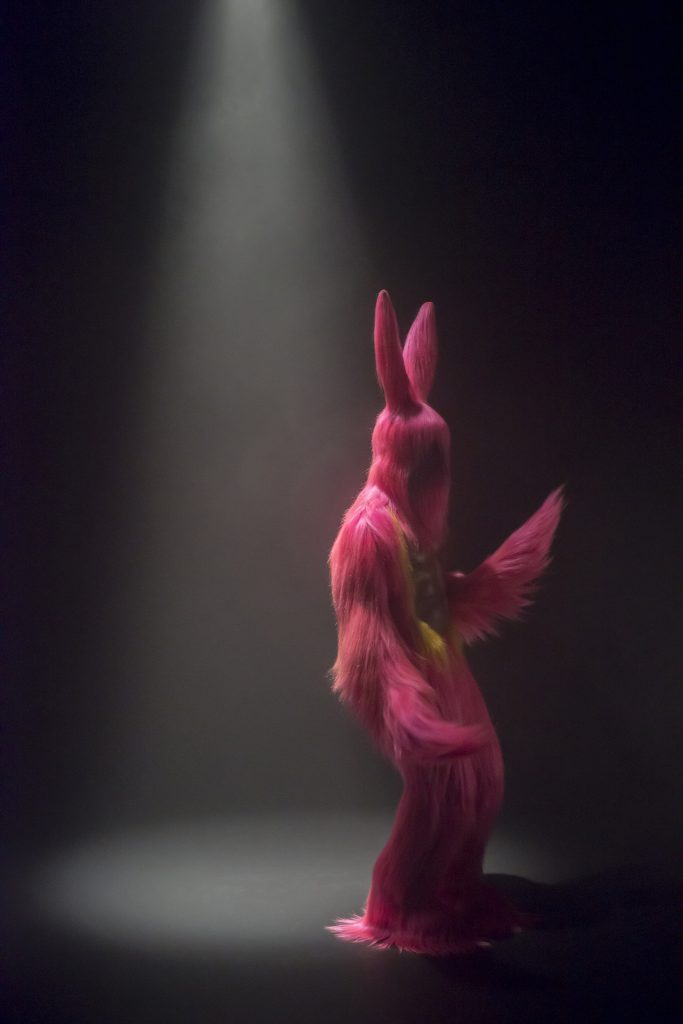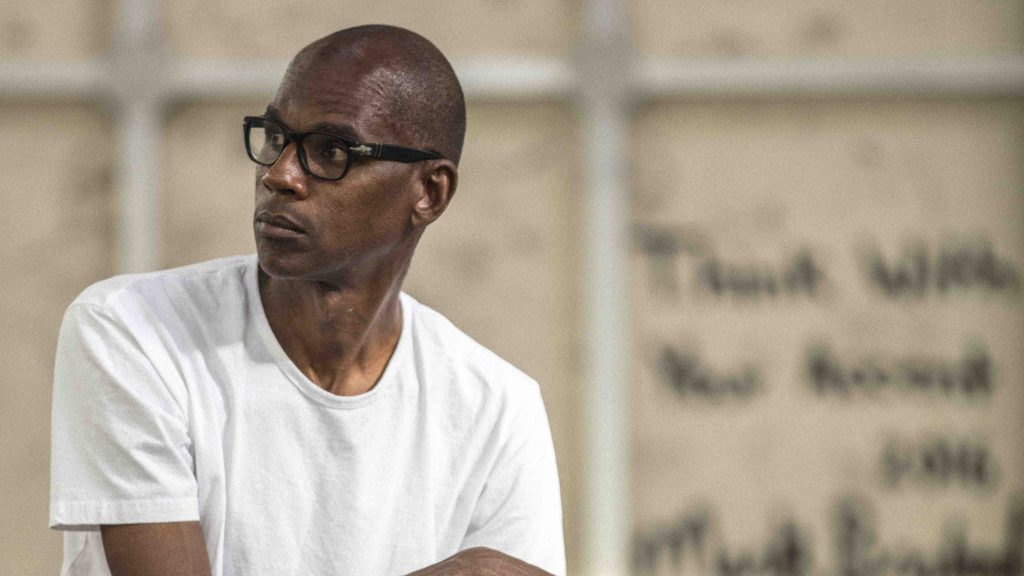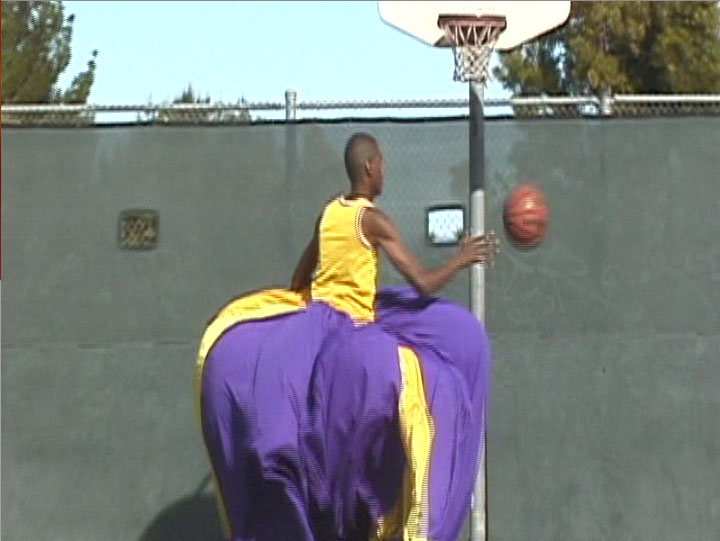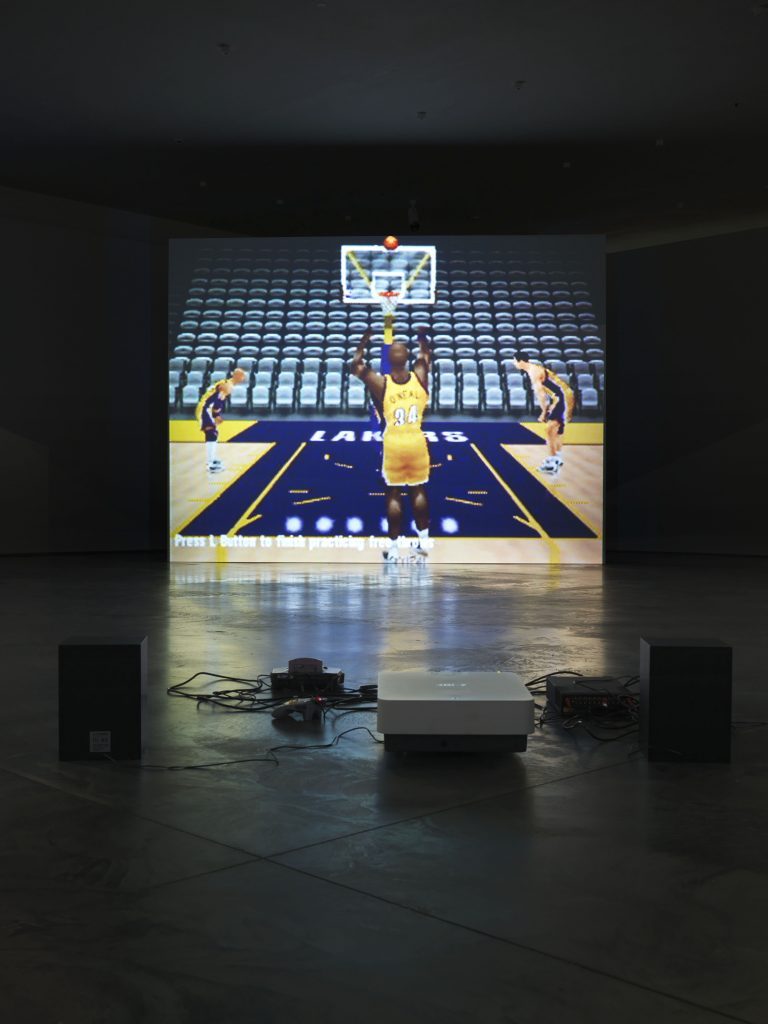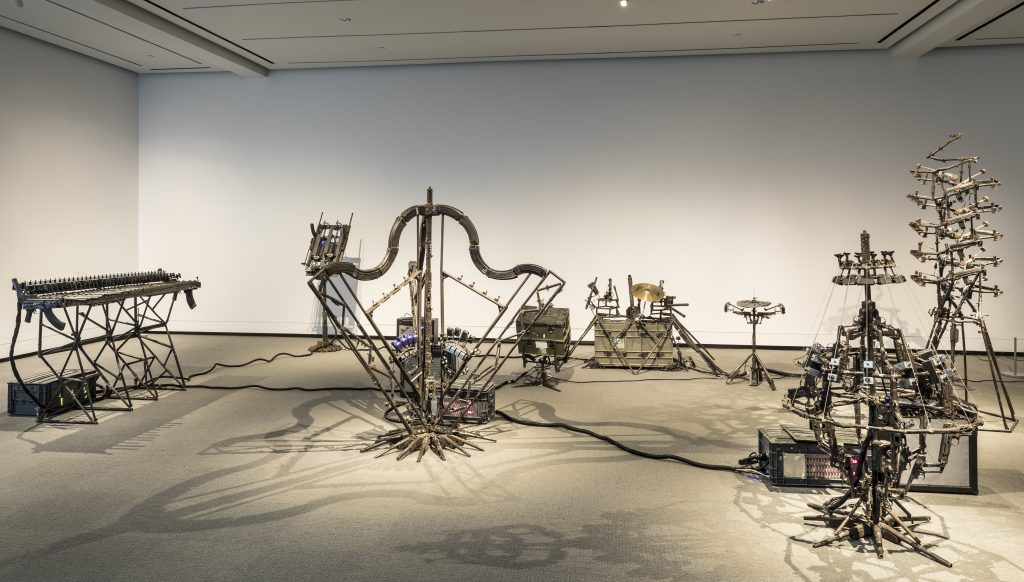“I like to shift from perfection to the fall, to push the work to its tipping point, its limit, to endanger it, to the point of making it yield, jam, collapse.”
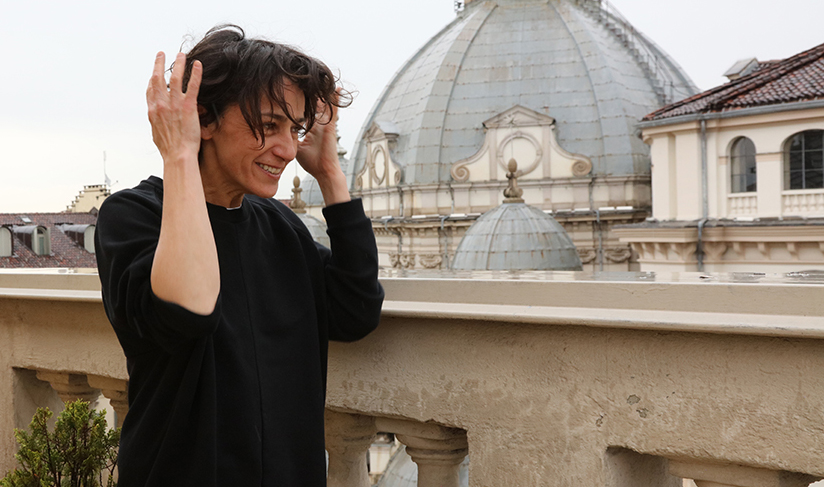
WHO
Lara Favaretto (born 1973, Italy) creates site-specific art installations out of found and recycled materials. She is particularly interested in exploring how objects that appear ordinary and carefree at first glance can actually reveal darker themes of futility, tragedy, and decay.
WHAT
In Coppie Semplici / Simple Couples, Lara Favaretto re-enchants industrial car wash brushes by stripping away their original function and transforming them into kinetic abstract paintings.
WHY
Named after human couples, Lara Favaretto’s brushes take on lives of their own. Moving but going nowhere, they celebrate absurdity while reflecting upon the monotony of modern life and consumer culture. The dust that accumulates around the work from the brushes wearing down relates to the effect that couples have on one another, each individual slowly transforming through their ongoing interaction.
LISTEN
PlayTime curator Trevor Smith muses on how the mundane can be mesmerizing. Read the transcript.
WORKS
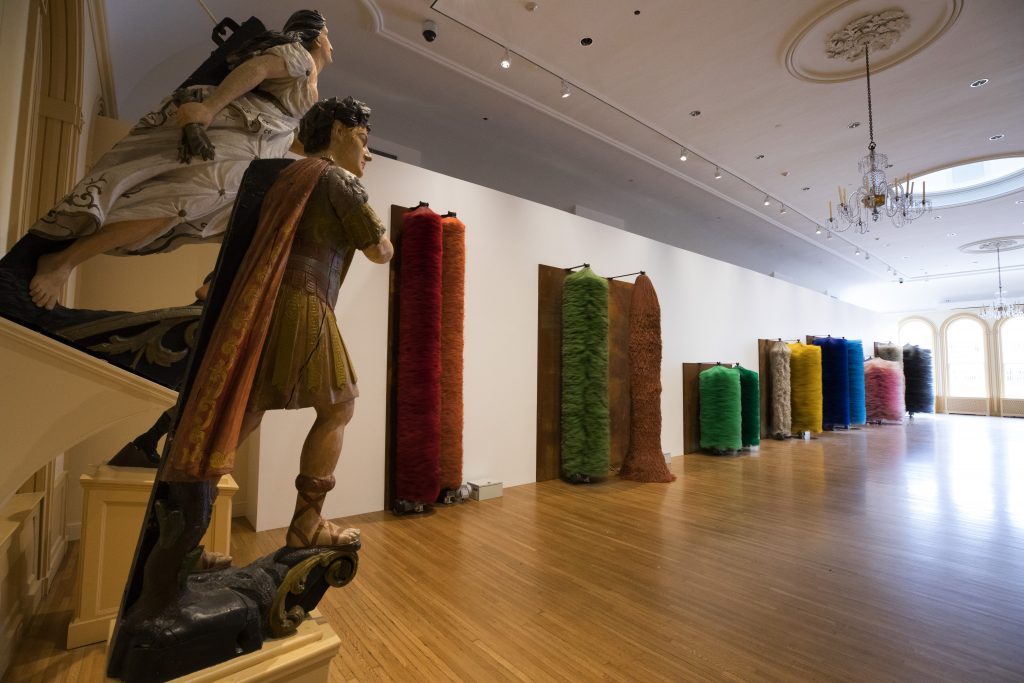
Coppie Semplici / Simple Couples, 2009
Maria and Felix
Amamamiya and Sasayama
Harold and Maude
Shirley and Cyril
Bobby and Laura
Kelly and Griff
Stéphane and Salina
Seven pairs of car wash brushes, iron slabs, motors, electrical boxes, and wires
Rennie Collection
(Image credits: Photo by Blaine Campbell, © Lara Favaretto; courtesy of Lara Favaretto Studio; photo by Allison White/PEM.)

